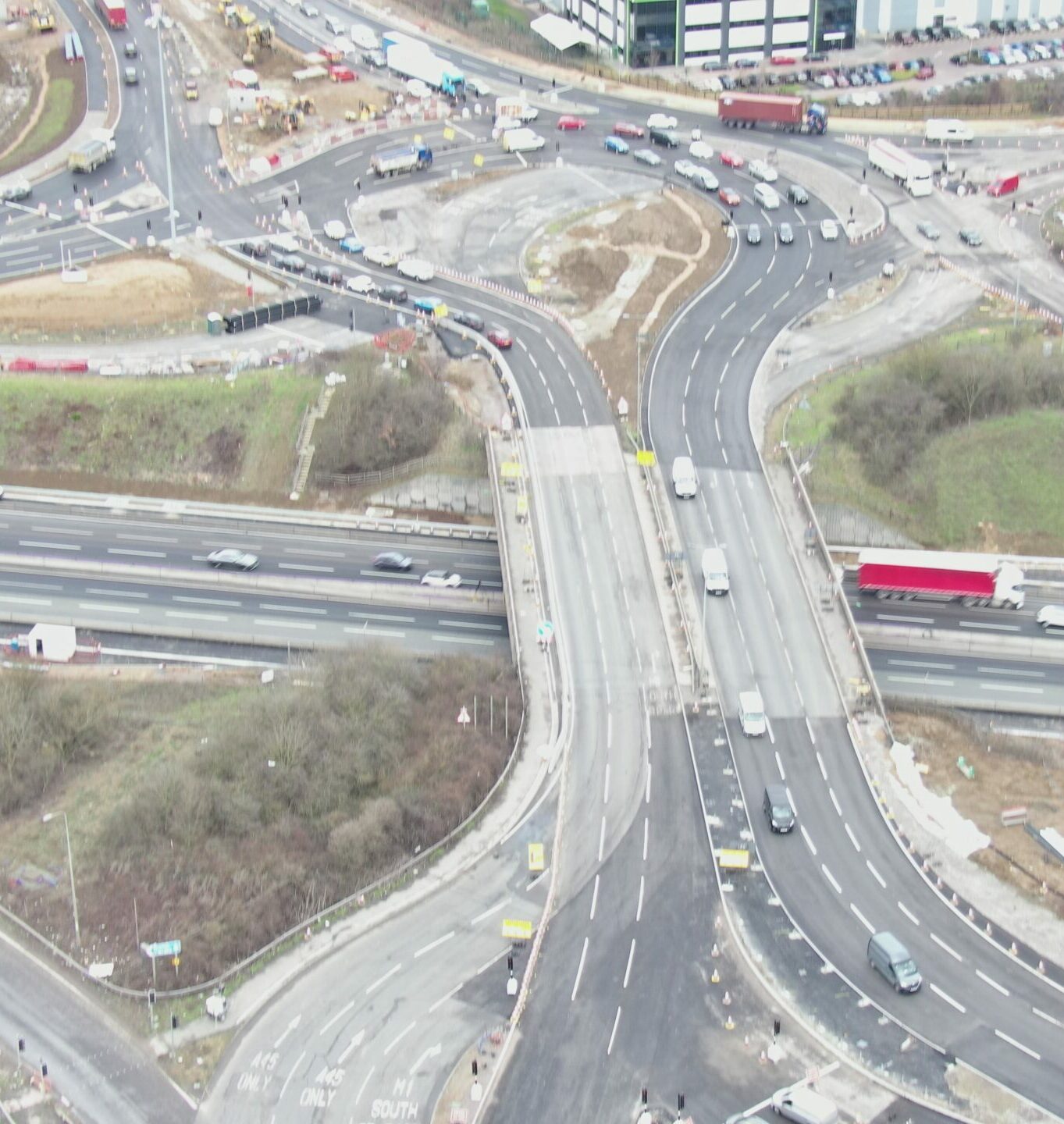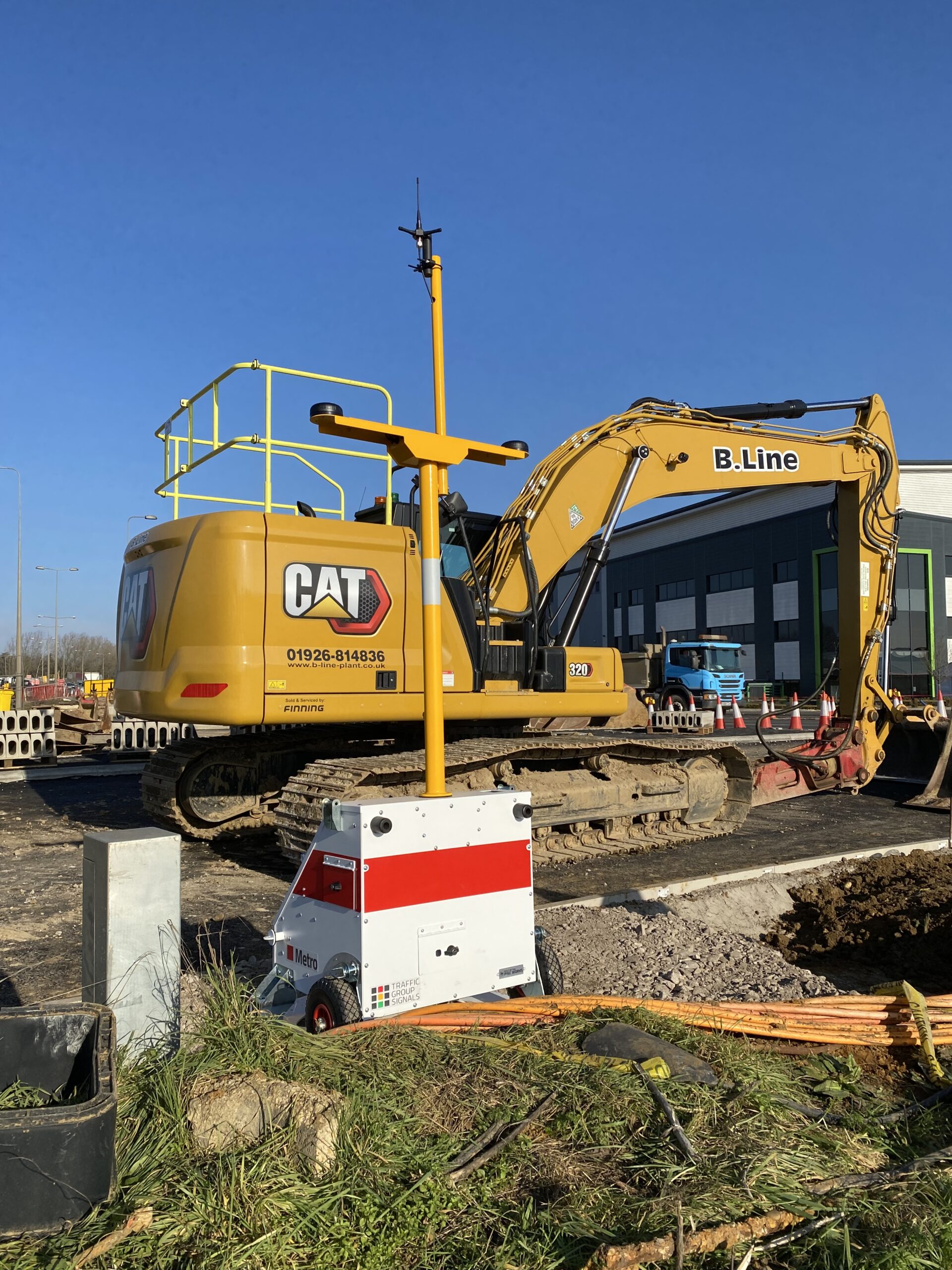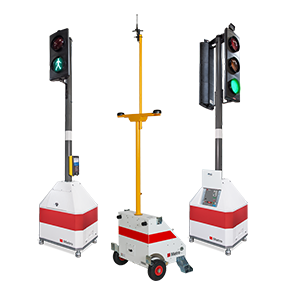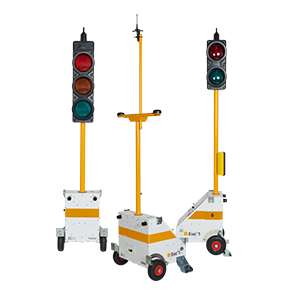A wide range of works take place at arterial and motorway junctions for which a temporary signalling solution is required to operate during the works.
Arterial and Motorway Junction Schemes
The temporary signals often take the place of permanent signals that would otherwise control the junction.
Junctions of this type are characterised by their high traffic flow levels and in some cases, high complexity where multiple roads come together and where traffic flows in multiple lanes, from 2 to even 5 lanes on each approach.

Challenges
Arterial routes and motorway junctions are complex both in terms of the traffic signalling requirement but also in the nature of the works themselves.
-
1. High traffic volumes
Stage-based signalling is essential in order to flow high volumes of traffic efficiently around the junction.
In many cases, junctions are required to operate with fewer lanes open than would be usual, adding further to the signalling challenge.
-
2. Works require flexibility
Another consideration is the need for the signals to follow and support the programme of construction works.
Signals will need to be moved around as the site develops and in order to allow surfacing works to take place.
-
3. Frequent road closures
Some sites employ partial closures and this can bring with it a need to change the manner in which the signals operate during a short period of time during which a closure is in place.
Speak to an expert
Contact us
case study
Junction 15 improvements for the M1
Traffic Group Signals deployed a Metro Pro system for the M1 Junction 15 and 15a upgrade, part of a £107.5m infrastructure works to create the Northampton Gateway.
Working in partnership with the traffic management provider and construction firm, we delivered a fully cable-free temporary signal operation on a magnificent scale.
The site handled over 80,000 vehicles per day, and withstood the highest wind speeds ever recorded in the UK.


